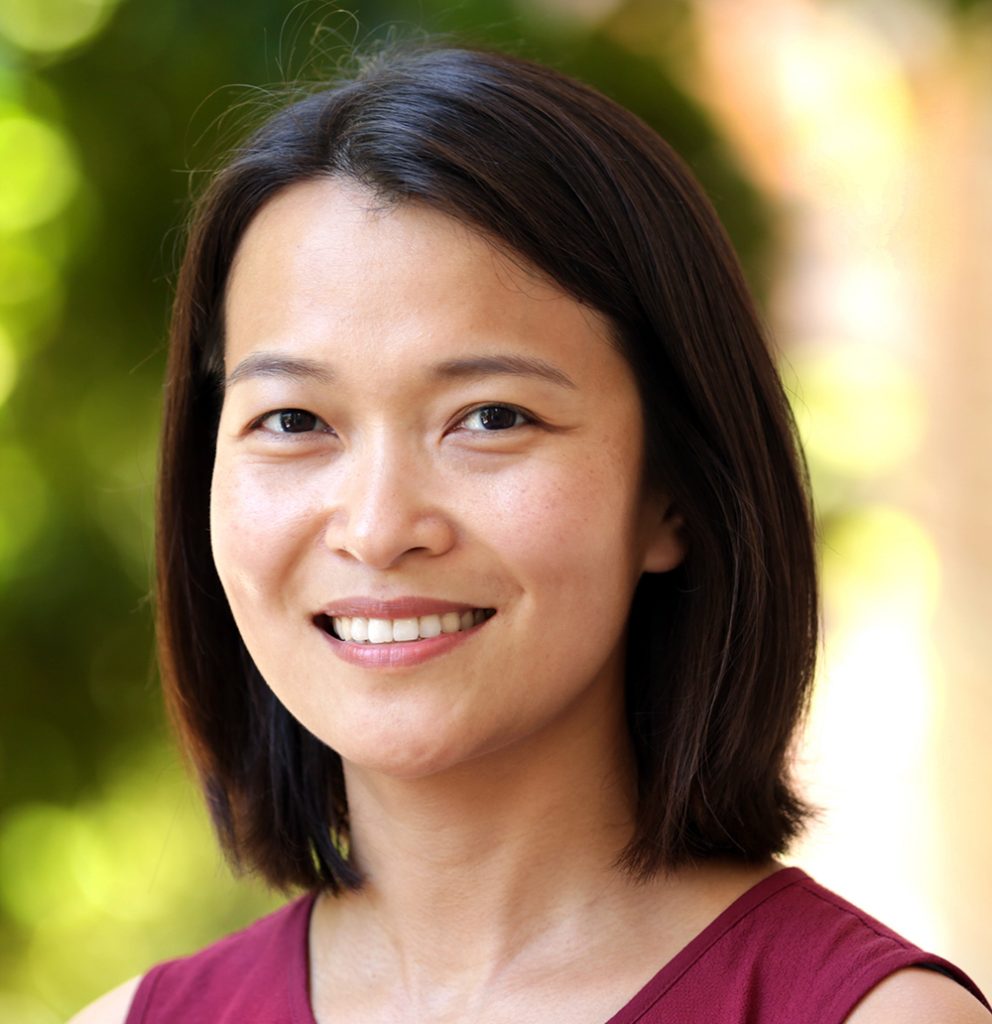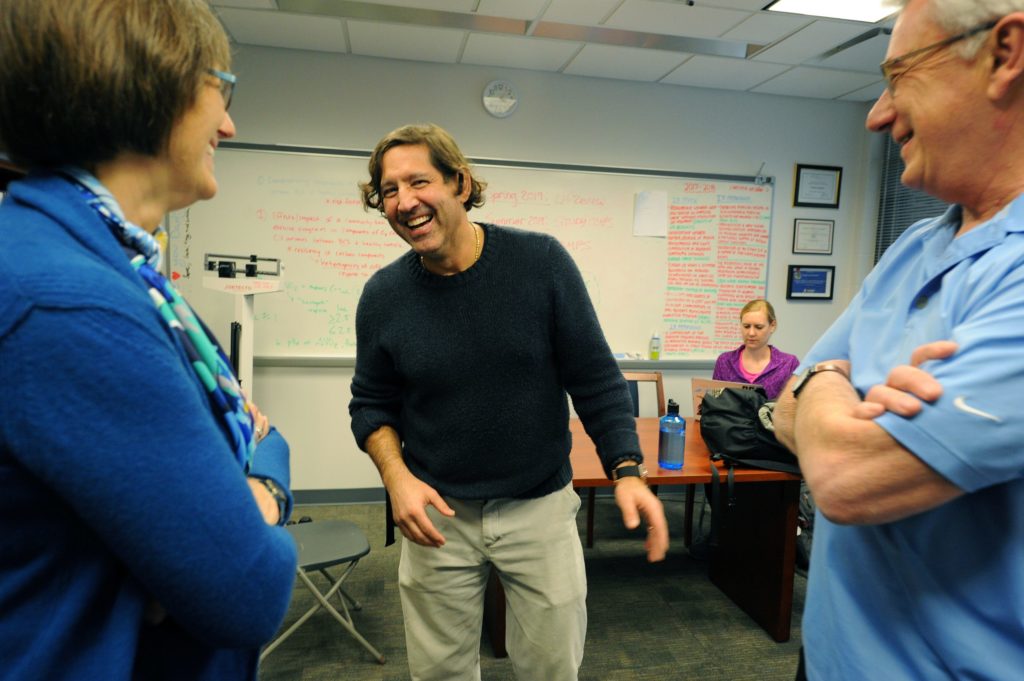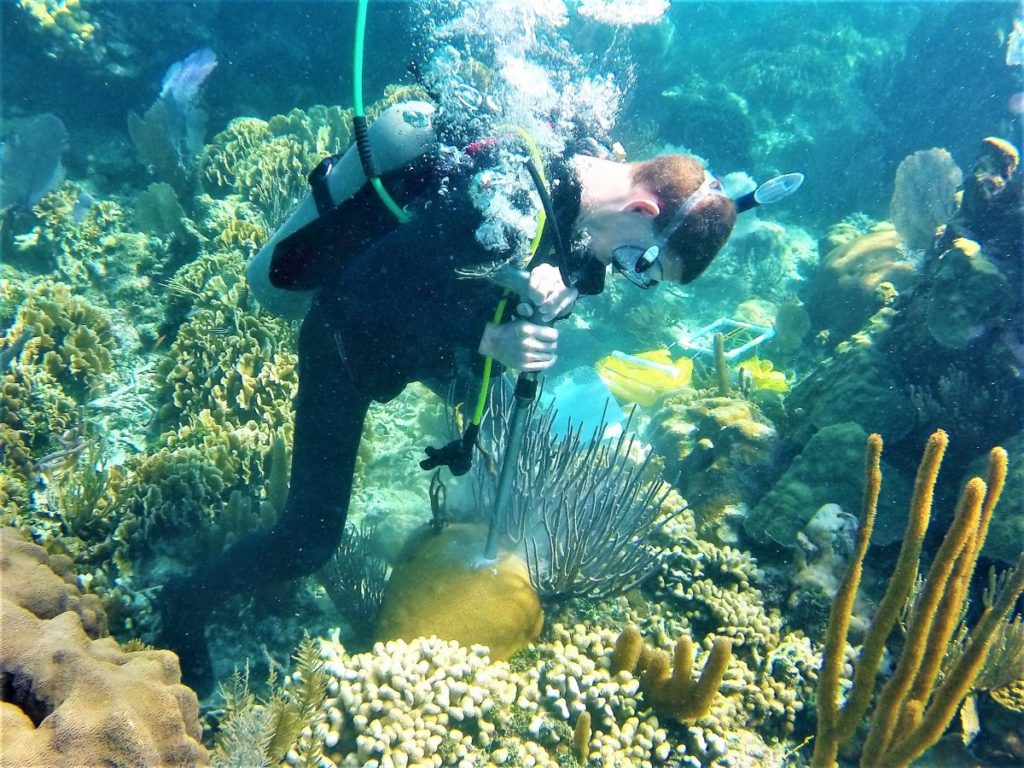
The human body’s circulatory system isn’t much of a mystery — when there’s gravity.
In outer space, body fluid doesn’t circulate the way it does on Earth. Instead, it may be rushing to the head and causing all sorts of issues, including impairing astronauts’ vision during and after their missions.
A Carolina senior and recent graduate are now trying to figure out why.
“The point of our study is to understand how this Vision Impairment and Intracranial Pressure syndrome works and exactly what’s going on with the fluid shift,” said Diana Dayal, who graduated in May with degrees in biology and economics. “This is the first study of its kind doing brain blood flow monitoring and cognitive testing together.”
Dayal and biomedical engineering senior Bobby Hazel are spending their summer working alongside researchers from NASA, academia and industry to better understand Vision Impairment and Intracranial Pressure and how it can be prevented. The project is part of the National Space Biomedical Research Institute’s Space Biomedical Science and Engineering Apprenticeship Program, which provides hands-on lab opportunities for young scientists and engineers to access careers in human spaceflight.
Dayal and Hazel were selected for the program by Dorit Donoviel, who serves as Deputy Chief Scientist at NSBRI. The students applied for the program separately, having never met each other at Carolina or at William G. Enloe High School High School in Raleigh where they both went.
“I just picked the very, very best — not only in terms of scientific background and experience but also personality and interest,” she said. “I think it’s amazing that UNC has produced such great students.”
During their apprenticeship, the two Tar Heels are combining their studies in biomedical engineering and biology to design human-subject tests to examine brain blood flow dynamics and neurocognitive performance in microgravity.
“On Earth, your circularity system — your heart, brain and everything that circulates fluid — circulates in a particular way,” Hazel said. “In space, the lack of gravity changes that and all those fluids have a general shift towards the head and that has some interesting effects on the body.
“What we’re trying to do is test cognitive function, look at the fluid flow to the head and the brain so we can study what sort of effect it might have. We’re doing that by simulating the zero-gravity environment using a technique that is used pretty widespread through NASA research facilities called ‘head-down tilt.’”
Head-down tilt is exactly what it sounds like — hanging people upside down, minus 12 degrees to simulate the effects of being in space.
“The big health issue that we’re studying is based on a symptom that many of NASA astronauts have come back reporting that has been called ‘visual impairment and intracranial pressure,’” Dayal said. “The thought is that the increase in the fluid shift to the head is increasing intracranial pressure —we know that because NASA has tested intracranial pressure on astronauts — and many have reported visual impairment.”
The work is a follow-up to a larger study recently done at the German Aerospace Center. Dayal and Hazel, in collaboration with researchers at other universities and institutions around the country, are diving into the details of the study to help prevent the problem for space travelers.
For Dayal, the apprenticeship combines her interests in space, medicine and public health while exposing her to new technologies and innovative work that she hopes to bring back to Carolina next fall as a student at the UNC School of Medicine.
“Here I found the perfect partnership,” she said. “In the space community you’re doing space medicine, but so much of the time the technologies that we’re developing for the extreme environment that is space, or the International Space Station, have massive analogs on earth in remote communities that don’t have traditional access to health care that need these devices that work in extreme conditions or with operators that aren’t necessarily medical doctors.”
Space and spaceflight have always been compelling for Hazel and with graduation less than a year away, he jumped at the opportunity to learn more about the field and meet the researchers and engineers leading the way.
“It was an opportunity for me to learn about an industry that I’ve always been interested in, to learn about some of the issues of space, to learn about how as an engineer after I graduate can get involved with the space sector,” he said.
For the rest of the summer, Dayal and Hazel will continue to work under Donoviel to better examine space medicine and find answers to problems affecting space travel — a feat that gives Donoviel hope for the next generation of scientists.
“Our country needs more of these bright young minds staying in the sciences and being engaged in cutting-edge research,” she said. “Bringing space and medicine and engineering together is about as cutting-edge as you can get. I’m very excited about the prospects of these two.”
Story by Brandon Bieltz, Office of Communications and Public Affairs



